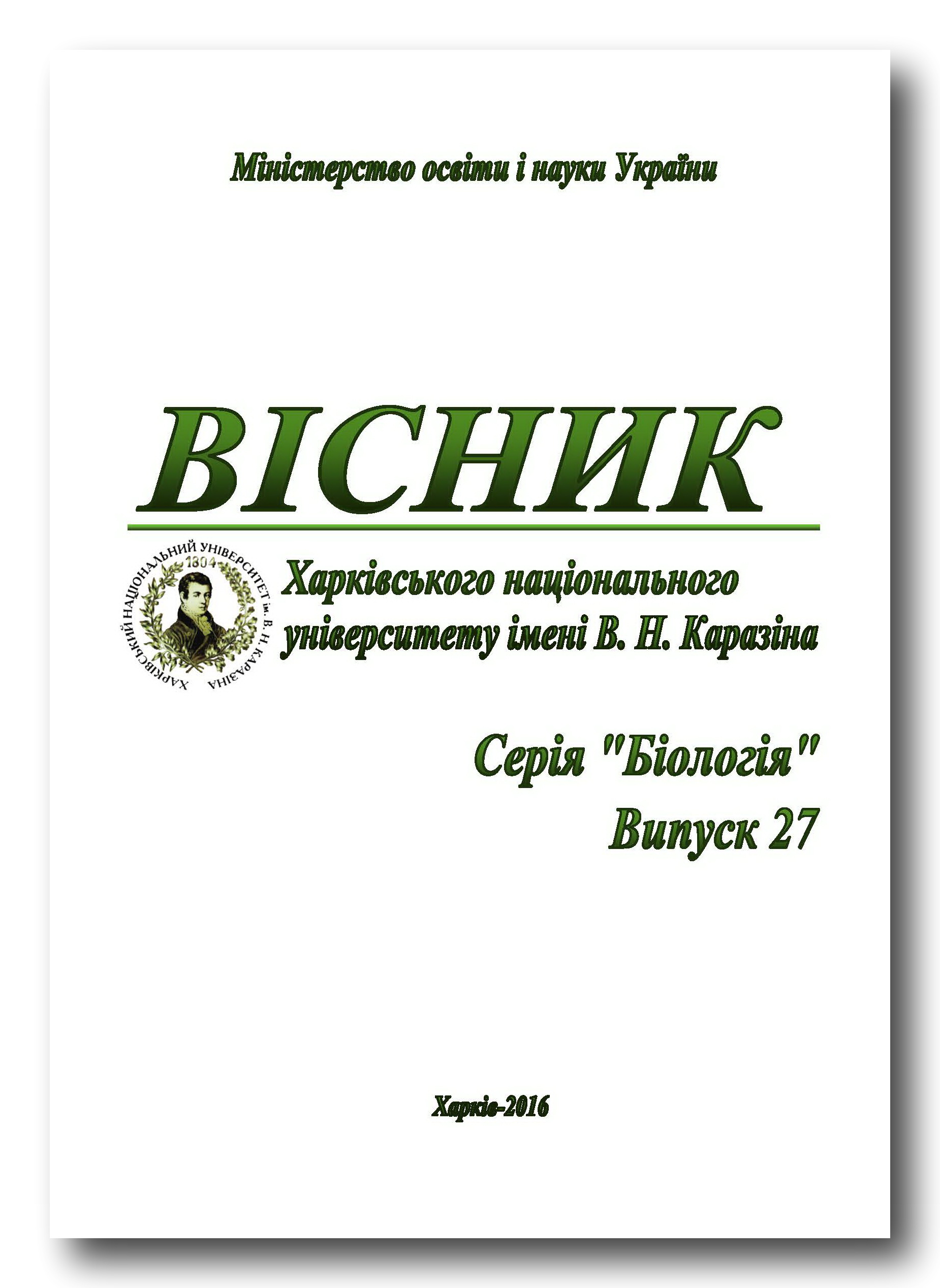Etiology and risk factors of community-acquired pneumonia
Abstract
Among the infectious diseases community-acquired pneumonia (CAP) is on average 25%. 5% of pneumonias are protracted, and in 30% cases complications are observed as therapy is often ineffective. This is due to the fact that in 30–40 % of patients the etiology of CAP remains unknown, and the identification of bacterial pathogens in most cases is unsuccessful, and the etiology of CAP in people with weakened immune system and in elderly persons has been studied insufficiently. We still need to investigate the etiology in choosing the best empirical treatment strategies, as well as determining the optimal timing of therapy and the role of adjuvant treatment with corticosteroids. Due to the dependence of the frequency of detection of various pathogens of CAP on risk factors, the study of these factors undoubtedly plays an important role in the choice of the strategy of empirical treatment of CAP. We observed 76 patients with severe CAP. The disease is especially severe in elderly patients with concomitant pathology. In all patients with severe pneumonia at least four risk factors have been identified. In patients up to 60 years they are: bad habits, unfavorable social status, late access to a doctor, lack of treatment before hospitalization. Number of pneumonia risk factors increases progressively each following 10 years of life of the patient.
Downloads
References
Карбон К., Пул М.Д. Значение новых макролидов при лечении внебольничных инфекций дыхательных путей: обзор экспериментальных и клинических данных // Клиническая микробиология и антимикробная химиотерапия. – 2000. – Т.2, №1. – С. 47–58. /Karbon K., Pul M.D. Znacheniye novykh makrolidov pri lechenii vnebol'nichnykh infektsiy dykhatel'nykh putey: obzor eksperimental'nykh i klinicheskikh dannykh // Klinicheskaya mikrobiologiya i antimikrobnaya khimioterapiya. – 2000. – T.2, №1. – S. 47–58./
Клебановская Е.В. Ретроспективное фармакоэпидемиологическое исследование антибиотикотерапии внебольничной пневмонии // Український хіміотерапевтичний журнал. – 2000. – №3. – С. 36–38. /Klebanovskaya Ye.V. Retrospektivnoye farmakoepidemiologicheskoye issledovaniye antibiotikoterapii vnebol'nichnoy pnevmonii // Ukrayins'kyy khіmіoterapevtychnyy zhurnal. – 2000. – №3. – S. 36–38./
Новиков В.Е. Внебольничные пневмонии // Consilium medicum. – 2000. – Т.2, №10. – С. 396–400. /Nonikov V.Ye. Vnebol'nichnyye pnevmonii // Consilium medicum. – 2000. – T.2, №10. – S. 396–400./
Синопальников А.И., Сидоренко С.В. Внебольничная пневмония: стандарты эмпирической антибактериальной терапии // Антибиотики и химиотерапия. – 1999. – №5. – С. 22–28. /Sinopal'nikov A.I., Sidorenko S.V. Vnebol'nichnaya pnevmoniya: standarty empiricheskoy antibakterial'noy terapii // Antibiotiki i khimioterapiya. – 1999. – №5. – S. 22–28./
Brown J.S. Geography and the etiology of community-acquired pneumonia // Respirology. – 2009. – Vol.14. – P. 1068–1071.
Bruns A., Oosterheert J., Hak E., Hoepelman A. Usefulness of consecutive C-reactive protein measurements in follow-up of severe community-acquired pneumonia // Eur. Respir. J. – 2008. – Vol.32. – P. 726–732.
El-Solh A.A., Ramadan F., Sikka P., Davies J. Etiology of severe pneumonia in the very elderly // Am. J. Respir. Crit. Care. Med. – 2001. – Vol.163, No 3. – P. 645–651.
Jokinen C., Heiskanen L., Juvonen H. et al. Microbial etiology of community-acquired pneumonia in the adult population of 4 municipalities in eastern Finland // Clin. Infect. Dis. – 2001. – Vol.32, no 8. – P. 1141–1154.
Kumarasamy K.K., Toleman M.A., Walsh T.R. et al. Emergence of a new antibiotic resistance mechanism in India, Pakistan, and the UK: a molecular, biological, and epidemiological study // Lancet Infect. Dis. –2010. – Vol.10. – P. 597–602.
Mandell L.A., Marrie T.J, Grossman R.F. et al. Canadian guidelines for the initial management of community-acquired pneumonia: an evidence based update by the Canadian Infectious Disease Society and Canadian Thoracic Society // Clinical Infectious Diseases. – 2000. – Vol.31. – P. 383–421.
Plouffe J. F. Importance of atypical pathogenesis of community-acquired pneumonia // Clinical Infections Diseases. – 2000. – No 31. – S. 35–39.
Van Metre T.E. Pneumococcal pneumonia treated with antibiotics. The prognostic significance of certain clinical findings // N. Engl. J. Med. – 1954. – Vol.251. – P. 1048–1052.
Woodhead M. Community-acquired pneumonia in Europe: causative pathogens and resistance patterns // Eur. Respir. J. Suppl. – 2002. – Vol.36. – P. 20–27.
Authors retain copyright of their work and grant the journal the right of its first publication under the terms of the Creative Commons Attribution License 4.0 International (CC BY 4.0), that allows others to share the work with an acknowledgement of the work's authorship.




